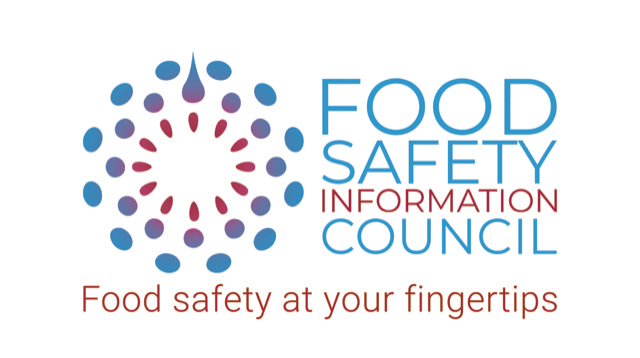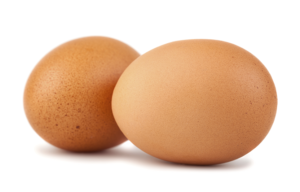Eggs not milk the food safety risk
Australian Food Safety Week: 8 to 15 November 2015
A national survey carried out by OmniPoll for Australian Food Safety Week found that 71% of those surveyed blamed pasteurized milk for food poisoning when, in fact, it is the least likely to make you ill, even if it smells or tastes nasty, as pasteurisation kills harmful bacteria.
Food Safety Information Council Chair, Rachelle Williams, said that the research showed that many Australians couldn’t correctly identify foods that are often linked to food poisoning outbreaks if not handled or cooked correctly.
The survey found that most people correctly recognised that chicken (95%), minced meat (90%) and seafood (96%) were food poisoning risks if not handled properly.
‘What is of concern is that fewer people (83%) identified raw egg dishes as a problem and 12% even considered raw egg dishes unlikely to be a risk.
‘The national body OzFoodNet, which investigates food poisoning, has determined that poultry is the primary source of Campylobacter infections in Australia and the increase in Salmonella outbreaks in recent years is linked to raw or minimally cooked egg dishes such as hand made aioli and mayonnaise. These types of food need to be handled and prepared with extra care to avoid causing food poisoning.
‘Many people (38%) didn’t recognise that cooked rice is a food poisoning risk because, once it is cooked and begins to cool, bacteria can form a toxin which isn’t destroyed by further cooking. 40% of people surveyed didn’t recognise bean or seed sprouts such as alfalfa as a risk, which they can be as they are usually eaten raw and have previously been linked to outbreaks in Australia and overseas.
‘This year’s Australian Food Safety Week is about busting myths and we are encouraging everyone to take part in the 90 or more events being held around the country during the week and also to take time with their family, friends and colleagues to do our online food safety mythbusting quiz at www.foodsafety.asn.au
‘The Food Safety Information Council is now a health promotion charity and we urgently need funding to continue the important educational work we’ve done since 1997 so we ask people to take the time to donate to us using the donation button on our website,’ Ms Williams concluded.
In addition to the myth about ‘off’ milk being to blame here are 6 other common food poisoning myths that can be busted:
- If I get food poisoning it is most likely the last meal I ate. Everyone blames their food poisoning on the last meal they ate but some forms of food poisoning can take days or even weeks to eventuate.
- You can tell if chicken or minced meat dishes are cooked safely by tasting or if the juices run clear. A thermometer is the only way to know your food is cooked correctly to an internal 75°C.
- Food poisoning is mild and just a bit of gastro. While vomiting and diarrhea are the most common symptoms, food poisoning in extreme forms can cause reactive arthritis, kidney or nerve damage and hepatitis. Each year food poisoning results in 31,920 hospitalisations, 86 deaths and 1 million visits to doctors.
- If you are a vegetarian, your risk of food poisoning is low. Food poisoning outbreaks have been caused by fruit and vegetable food items such as rockmelon, frozen berries, semi-dried tomatoes, orange juice, salad items and cooked rice.
- Home made mayonnaises and aoili’s are better than the commercial ones. They might taste better but did you know they are a major cause of food poisoning outbreaks in Australia? If you wish to make your own mayonnaise and aoli, prepare small amounts and use immediately. Adding enough vinegar can also stop any Salmonella that may be present from growing – it does affect the taste, but it makes the product safe. A touch of sugar can reduce the sourness.
- If you’ve defrosted frozen meat or chicken it can’t be safely refrozen. From a safety point of view it is fine to refreeze defrosted meat or chicken or any frozen food as long as it was defrosted in a fridge running at 5°C or below. You may have lost some quality in defrosting then refreezing as the cells break down a little and the food can become slightly watery. Another option is to cook the defrosted food and then divide into small portions and refreeze once it has stopped steaming.
Media contact:
Lydia Buchtmann, Food Safety Information Council, 0407 626 688 or info@foodsafety.asn.au

